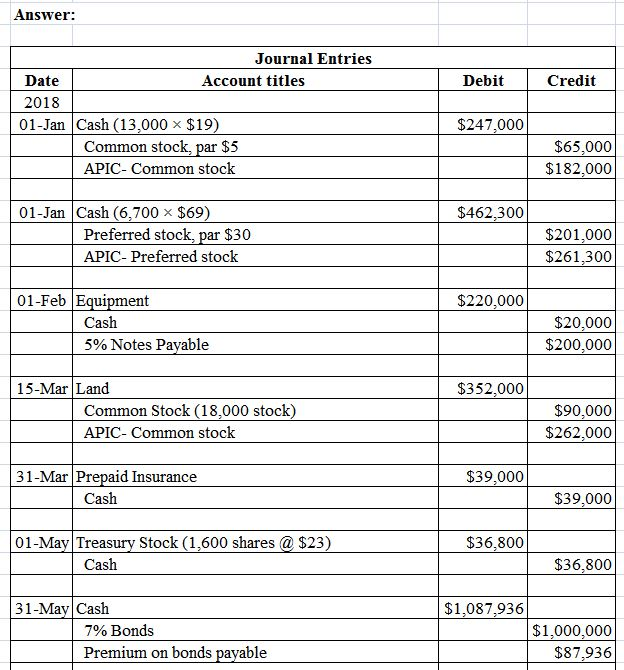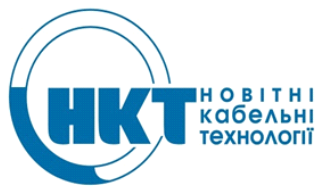Common Stock and Stockholders’ Equity

If assets fair value also not available, management can determine the assets or service value. The difference between issuance price and par value is recorded as Additional Paid-In Capital. Common stock is included in the “stockholders’ equity” section of a company’s balance sheet. Either one of those consequences translates to potential losses for investors in the company’s common stock because they affect its common stock price. Common stock is listed under the Stockholders Equity section in a company’s balance sheet. It enables entrepreneurs and companies to raise capital from investors to expand their operations.
Understanding the Value of Common Stock in Financial Reports
When a business is incorporated, the corporate charter establishes different classes of stock. You can think of these like the default shares in a newly incorporated business. If no other classes of stock are created, the company will only have common stock by default.
Most stocks you hear about are common stocks — here’s what they are.

Common and preferred stock both let investors own a stake in a business, but there are key differences that investors need to understand. It is important to note that adjusting entries should only be made by a qualified accountant or bookkeeper who has a thorough understanding of accounting principles and practices. After you’ve done your research and set your budget, it’s time to make your first purchase. Log in to your brokerage account, search for the stocks you want to buy, and place an order.
Risks to know
The company usually sets an authorized share higher than their current need. The company will be liable to the shareholders in case of the market price fall below par value. The articles and research support materials available on this site are educational and are not intended to be investment or tax advice. All such information is provided solely for convenience purposes only and all users thereof should be guided accordingly.
Issue Common Stock
Both common stock and preferred stock have pros and cons for investors to consider. This can happen when invoices are not properly recorded or when scaled agile inc unveils safe® enterprise estimates are not updated. To avoid this mistake, it is important to keep track of all invoices and ensure that they are recorded accurately.
This ownership gives you the right to vote on important company decisions and sometimes get a share of the company’s profits, which are called dividends. The balance sheet shows the company’s assets, debts, and the slices owned by investors (equity). Common stock is a way for investors to get dividends, or rewards, and possibly own more valuable slices if the company does well.
If stockholders want to sell their stock, they must find a buyer usually through the services of a stockbroker or an online app. Nowhere on the stock certificate is it indicated what the stock is worth (or what price was paid to acquire it). In a market of buyers and sellers, the current value of any stock fluctuates moment-by-moment. Dividends are like little rewards that companies give to their shareholders out of their profits. The more common stock you have, the more of these rewards you might get. Companies decide how much to give based on how well they’re doing and how much money they want to share.
- For example, some companies have multiple classes of common stock.
- For instance, ABC Co issues 10,000 shares at a PAR value of $1 per share and a $0.5 premium per share.
- A healthy balance sheet is crucial for ensuring the company’s success and rewarding its investors.
- Get stock recommendations, portfolio guidance, and more from The Motley Fool’s premium services.
- However, the transaction amount depends on assets market value or common stock market value whichever can be measured more reliability.
Because of legal requirements, the stockholders’ equity section of a corporation’s balance sheet is more expansive than the owner’s equity section of a sole proprietorship’s balance sheet. For example, state laws require that corporations keep the amounts received from investors separate from the amounts earned through business activity. State laws may also require that the par value be reported in a separate account.
So it means they need to record the common stock to treasury stock before retiring the stock. The company is able to sell the stock back at a higher price when it buyback. So the company needs to record more additional paid-in-capital into the balance sheet.
While both types confer ownership in a company, preferred stockholders have a higher claim to the company’s assets and dividends than common stockholders. Many companies pay dividends to their shareholders, providing a regular income stream in addition to potential capital gains. If a corporation has issued only one type, or class, of stock it will be common stock. Common Stock is also the title of the general ledger account that is credited when a corporation issues new shares of common stock. Common stock represents a residual ownership stake in a company, the right to claim any other corporate assets after all other financial obligations have been met.
